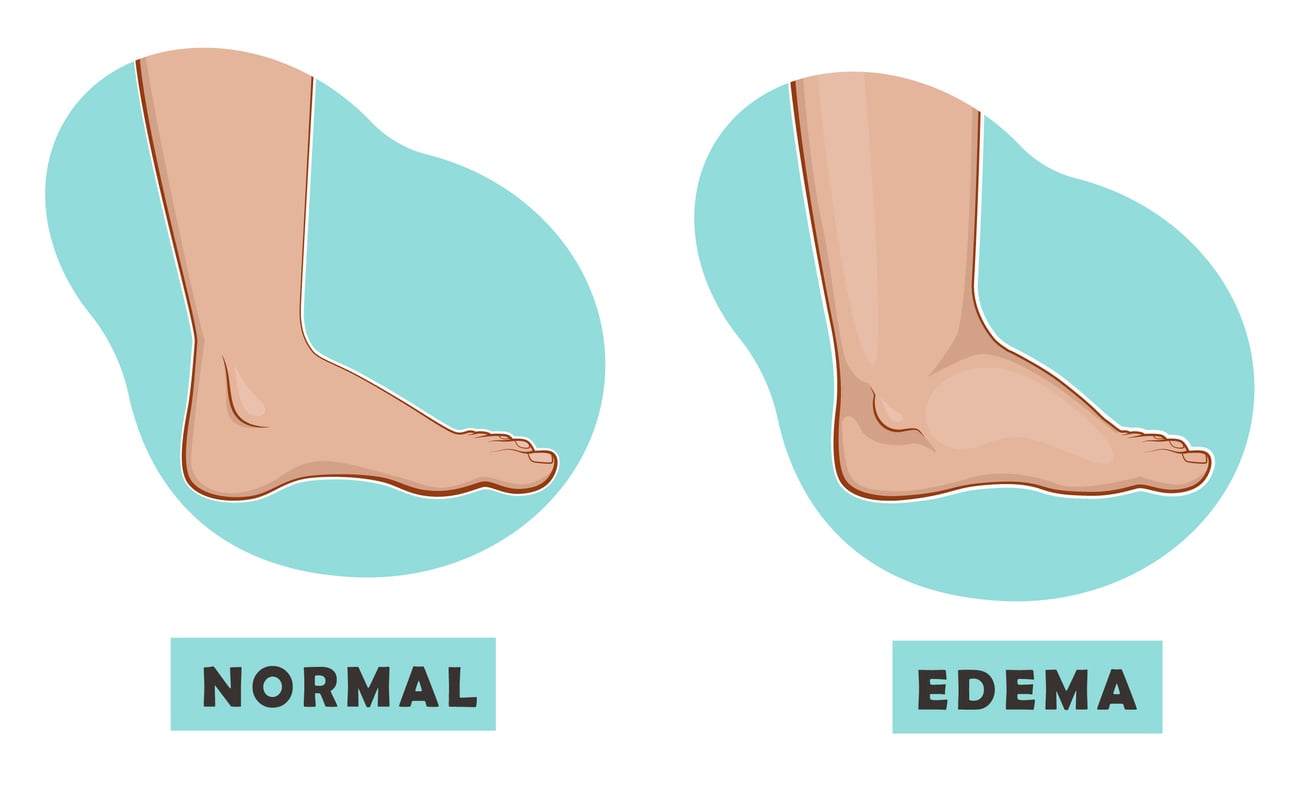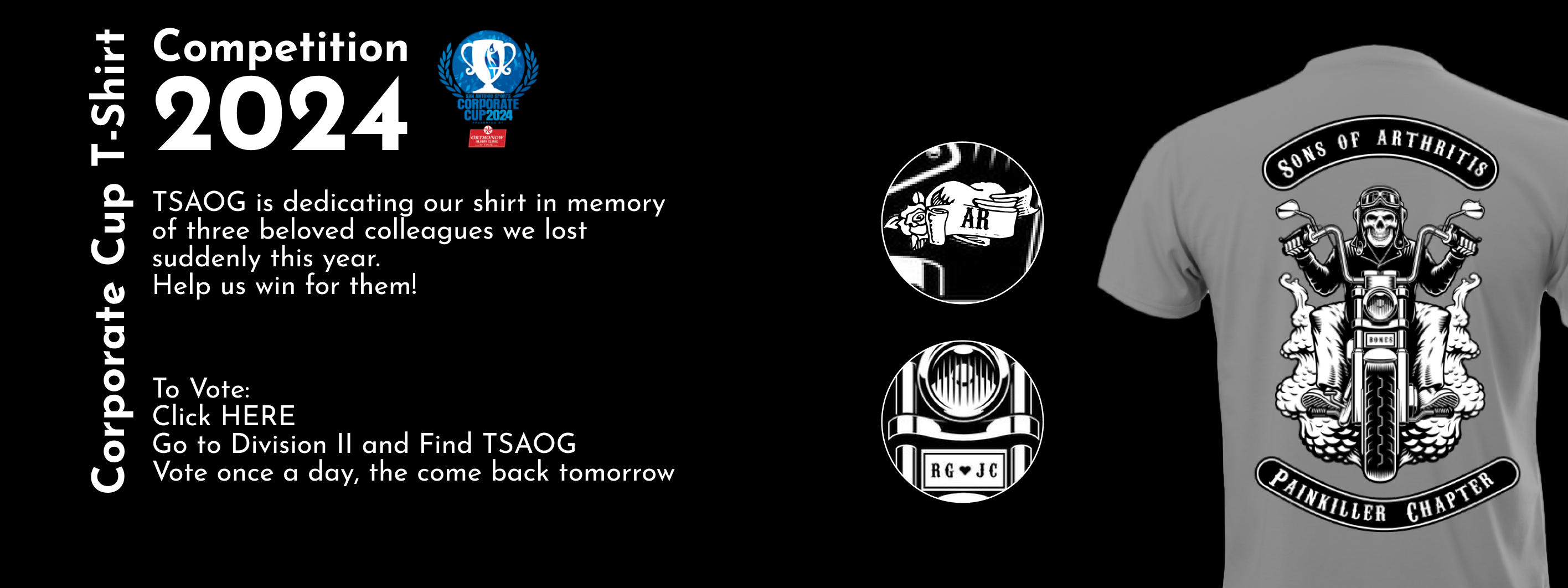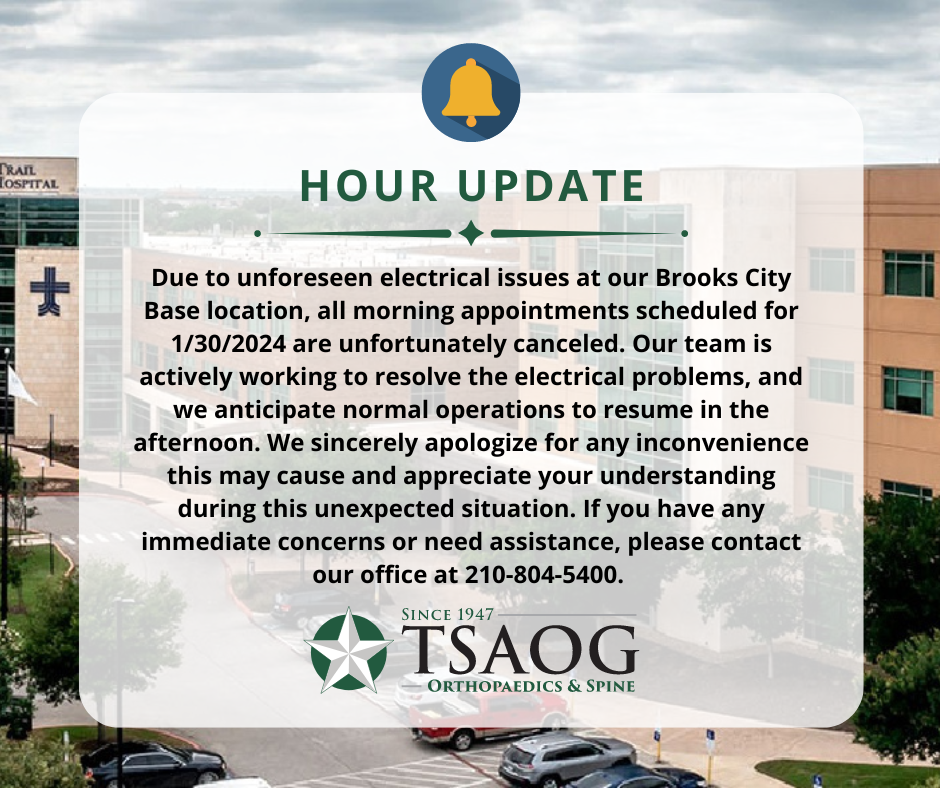Ankle surgery has made many technological advancements in recent years that have aided in the reduction of trauma to the tissue, however, inflammation and swelling will still be expected post-surgery. While this response is nothing to be worried about, it may be beneficial to mitigate the amount of swelling you go through to begin physical therapy and decrease the time it takes to resume regular activity. Here you will learn why and how you should implement effective strategies to help reduce foot and ankle swelling after surgery.
Why Should You Attempt to Decrease Swelling After Surgery?
The weeks immediately following surgery are crucial to the recovery process, it is also the time when swelling will tend to be most aggressive. Taking steps to decrease swelling can have several important benefits such as aiding in a faster recovery, improving mobility, and enhancing comfort. Next, you will learn some helpful tips on how to reduce swelling post-surgery.
What You Can Do to Reduce Swelling
Following your procedure, many things can be done to control and reduce swelling of the lower extremities. Your physician will provide you with a list of post-surgical instructions and guidelines to follow. Additionally, here are some effective tips that can be coupled with their guidance, that you can implement to help alleviate swelling throughout your recovery.
Adequate Amounts of Rest Is Crucial to the Healing Process
An important foundation for a successful recovery is ensuring that you get enough rest. The body naturally releases hormones that promote healing during sleep. By securing 8 hours of restful sleep per night you increase the effectiveness of your body’s natural recovery systems. While not the only thing you should do to reduce swelling, never underestimate the power of a good night’s sleep.
Elevate the Foot or Ankle
Elevation of the affected area can be a huge help when it comes to swelling reduction.
Veins rely on a system called the “Manual Muscle Pump” and a series of one-way valves to return blood to the heart from the lower extremities while working against gravity. Do what you can to help your body get blood back to the heart for circulation. Your provider may have specific instructions regarding the duration and frequency of leg elevation after surgery; follow guidelines as instructed.
Ice Down the Foot or Ankle Regularly
Applying ice packs to the affected area is known as a modality called “Cryotherapy.”
Your physician may recommend you apply a cold compress to the affected area multiple times throughout the day, always be sure to leave a one-hour gap of time between cold compress treatments. Cryotherapy is most effective on acute injuries, meaning the first few days after surgery. It is important to note you should also avoid using hot compresses as it may unintentionally increase swelling.
Wear Relaxed Fit Clothing
When choosing post-surgery clothing, prioritize comfort, ease of dressing, and suitability for your specific recovery needs. While recovering, wearing relaxed-fit clothing is a practical and comfortable choice that can contribute to a smoother recovery process. It is recommended to avoid wearing overly tight clothing around the affected area, for example, tight-fitting pants, socks, leggings, etc. unless otherwise specified by your physician. The exception to this would be if you are instructed to wear compression socks/stockings.
Use Compression Socks for Severe Swelling
Compression stockings, also known as compression socks, are specialized garments that your physician may recommend you wear post-surgery. These garments are designed to promote better blood circulation and help decrease swelling. These are used as a valuable tool during recovery, if needed, always follow your healthcare provider’s recommendations and guidelines when using compression stockings.
Regularly Take Your Prescribed Medications
Often after surgery your physician may prescribe a list of medications such as anti-inflammatory and/or pain medications, take these as prescribed. If you are going to go the over-the-counter route, be sure to advise your doctor of any medications that you are taking to avoid any potential negative complications.
Avoid Smoking or Consuming Alcohol After Foot or Ankle Surgery
Smoking and alcohol both negatively impact circulation, do what you can to avoid these after surgery to avoid any potential negative side effects. Also, do not consume alcohol while on prescribed medications where it is contraindicated.
If You Are Struggling with Your Foot or Ankle, Contact Us Today
If you have been struggling with chronic pain in your foot or ankle, contact us today to set up an appointment with one of our specialists.
Looking for a Foot and Ankle Specialist in the San Antonio, TX Area?














